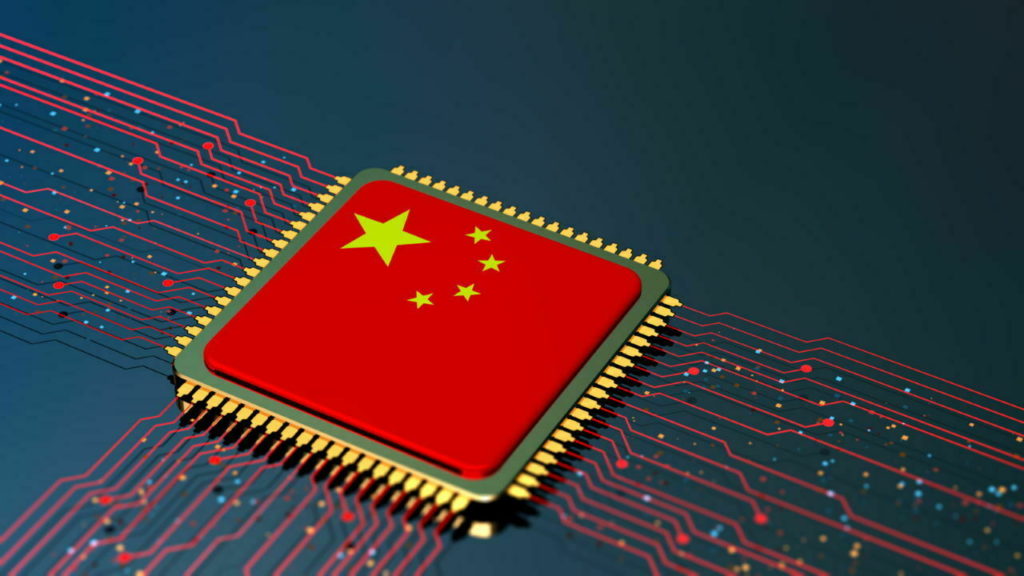China Is Raising Up to $31.5 Billion to Fuel Chip Vision

China’s ambitions to become a global leader in the semiconductor industry have gained significant momentum in recent years. As part of its strategic plan to bolster its domestic semiconductor capabilities and reduce reliance on foreign technology, China is undertaking massive fundraising efforts. These efforts aim to raise funds up to $31.5 billion to fuel its chip vision and strengthen its position in the competitive semiconductor market. This article delves into the key aspects of China’s chip vision, the reasons behind the fundraising drive, and the potential implications for the global semiconductor landscape.
China’s Chip Vision: The Race for Semiconductor Self-Reliance
China’s ambition to achieve semiconductor self-reliance, also known as “Made in China 2025,” seeks to build a robust domestic semiconductor industry and foster innovation in chip design and manufacturing. The vision aims to reduce the country’s reliance on foreign technology and enhance its competitiveness in the global semiconductor market. It covers several strategic areas, including design, manufacturing, equipment, materials, and ecosystem development.
Reasons Behind the Fundraising Drive
- National Security Concerns: In recent years, global geopolitical tensions have highlighted the potential vulnerabilities of being heavily reliant on foreign semiconductor technology. To ensure national security and protect critical industries, China aims to strengthen its domestic semiconductor capabilities.
- Technological Independence: By fostering its domestic semiconductor industry, China aims to gain technological independence and develop the know-how to design and manufacture cutting-edge semiconductor components.
- Economic Growth: The semiconductor industry is a critical driver of economic growth, innovation, and job creation. China aims to capitalize on this potential to fuel its economic development and create a globally competitive tech industry.
- Rapidly Growing Demand: With the rapid expansion of emerging technologies like artificial intelligence, 5G, Internet of Things (IoT), and autonomous vehicles, the demand for advanced semiconductors is soaring. China seeks to seize this opportunity by catering to both domestic and global demand.
The Fundraising Efforts and Sources
China’s fundraising efforts for its chip vision involve various sources, including government funds, private investment, and capital market activities.
- Government Support: The Chinese government has been actively supporting the semiconductor industry through various funding programs, subsidies, and incentives. State-owned enterprises and research institutes play a significant role in this effort.
- Public-Private Partnerships: China is promoting public-private partnerships to encourage collaboration between government agencies, academia, and private companies. This fosters a conducive environment for research, development, and commercialization of semiconductor technologies.
- Private Investment: Private companies, including established tech giants and startups, are contributing to the fundraising drive. Investments are flowing into chip design, manufacturing, and other key areas of the semiconductor value chain.
- Initial Public Offerings (IPOs): Several Chinese semiconductor companies have tapped into the capital markets through IPOs to raise funds for expansion and technology development.
Implications for the Global Semiconductor Landscape
China’s fundraising drive and its chip vision have significant implications for the global semiconductor landscape:
- Increased Competition: China’s aggressive push into the semiconductor industry will intensify global competition. Local Chinese companies will compete with established players from other countries, potentially disrupting market dynamics.
- Trade and Technology Tensions: China’s ambitions have heightened trade and technology tensions with other countries, particularly the United States. Concerns over intellectual property theft, export controls, and national security implications have emerged as key issues.
- Market Share Realignment: As China strengthens its domestic semiconductor industry, it may reduce its reliance on foreign chip imports. This could result in a realignment of market shares and impact global chip suppliers.
- Innovation and Technological Advancements: China’s commitment to semiconductor self-reliance may drive significant investments in research and development. This could lead to innovations in chip design and manufacturing, benefiting the entire industry.
- Potential Industry Disruptions: China’s entry into the semiconductor market may lead to oversupply or underpricing of chips, potentially disrupting the existing semiconductor ecosystem.
Challenges Ahead
Despite the significant progress, China’s chip vision faces several challenges:
- Technological Catch-up: China’s domestic semiconductor industry is still catching up with established global players in terms of technology, manufacturing processes, and intellectual property.
- Global Supply Chain Dependency: Even with efforts to become self-reliant, China still depends on the global semiconductor supply chain for critical components and equipment.
- Geopolitical Dynamics: Global trade tensions and export controls have impacted China’s access to advanced semiconductor technology and equipment from certain countries.
- Investment Risks: The semiconductor industry is capital-intensive, and investments carry inherent risks, particularly in a rapidly evolving and competitive market.
Conclusion
China’s fundraising efforts of up to $31.5 billion to fuel its chip vision mark a significant milestone in its pursuit of semiconductor self-reliance. The ambitious plan aims to reduce the country’s dependence on foreign technology and bolster its domestic semiconductor industry. However, the journey towards achieving semiconductor self-reliance is riddled with challenges and geopolitical complexities. As China continues to strengthen its position in the global semiconductor landscape, the impact on the industry and its stakeholders will be closely watched by the international community.
What the take a way for Papua New Guinea?>>